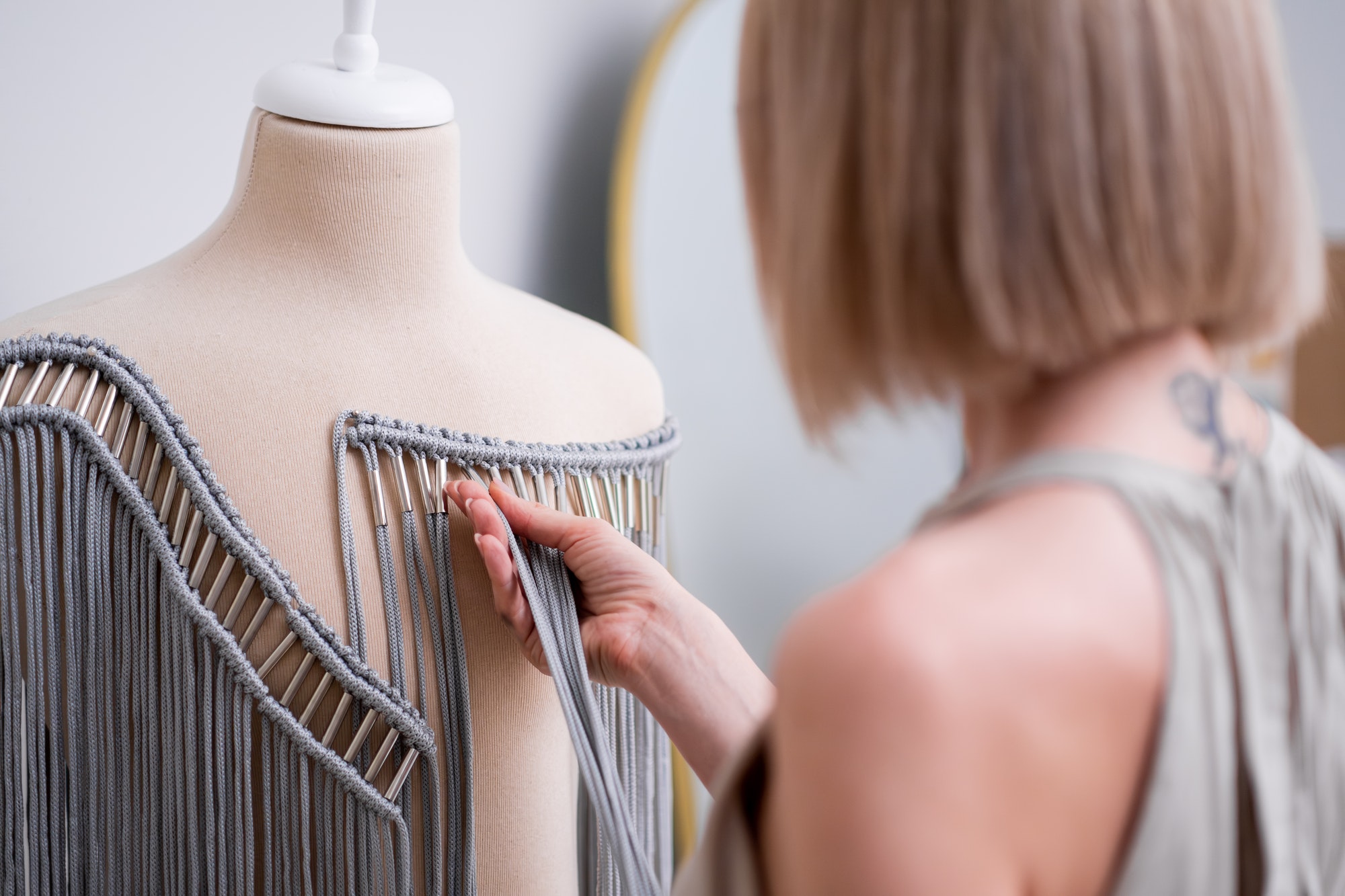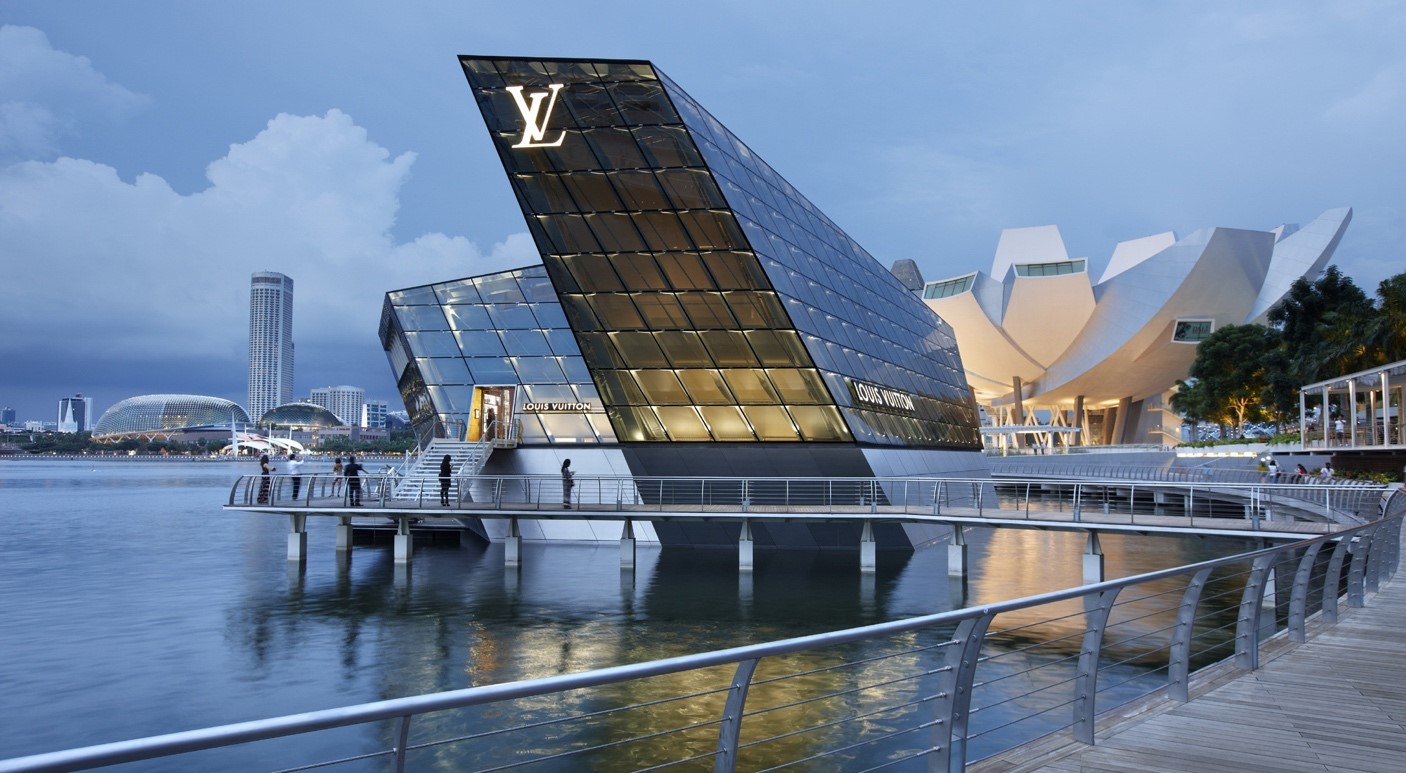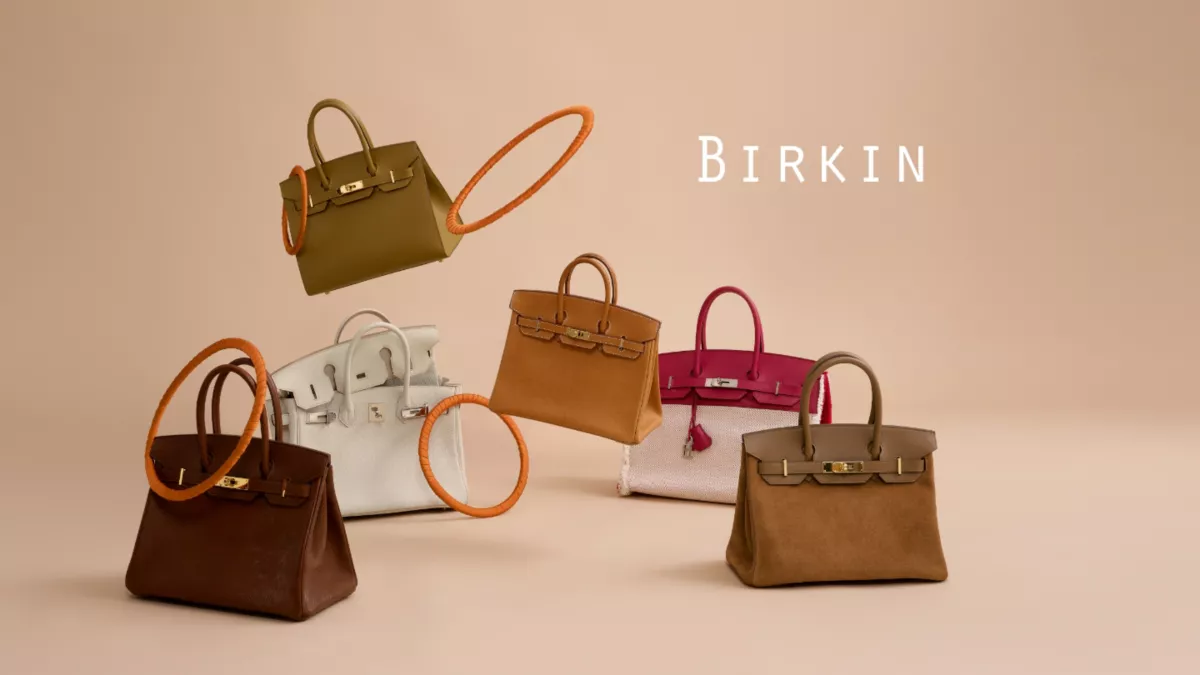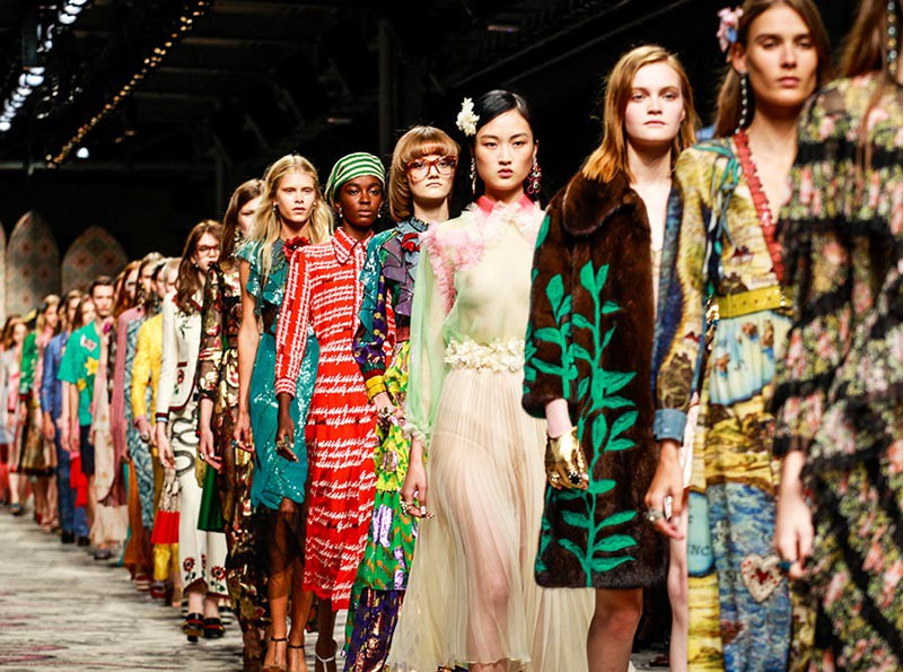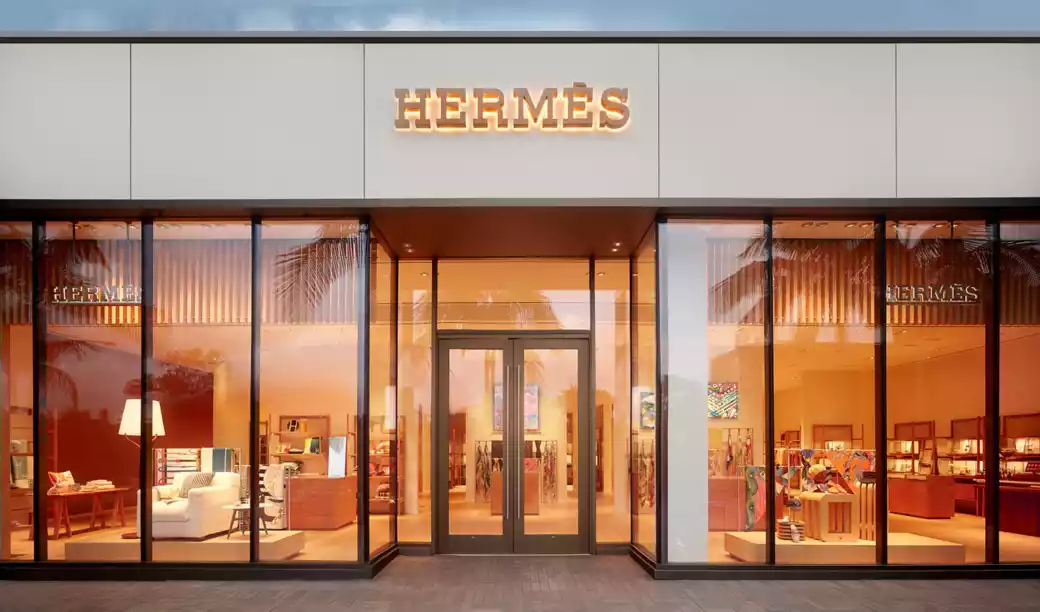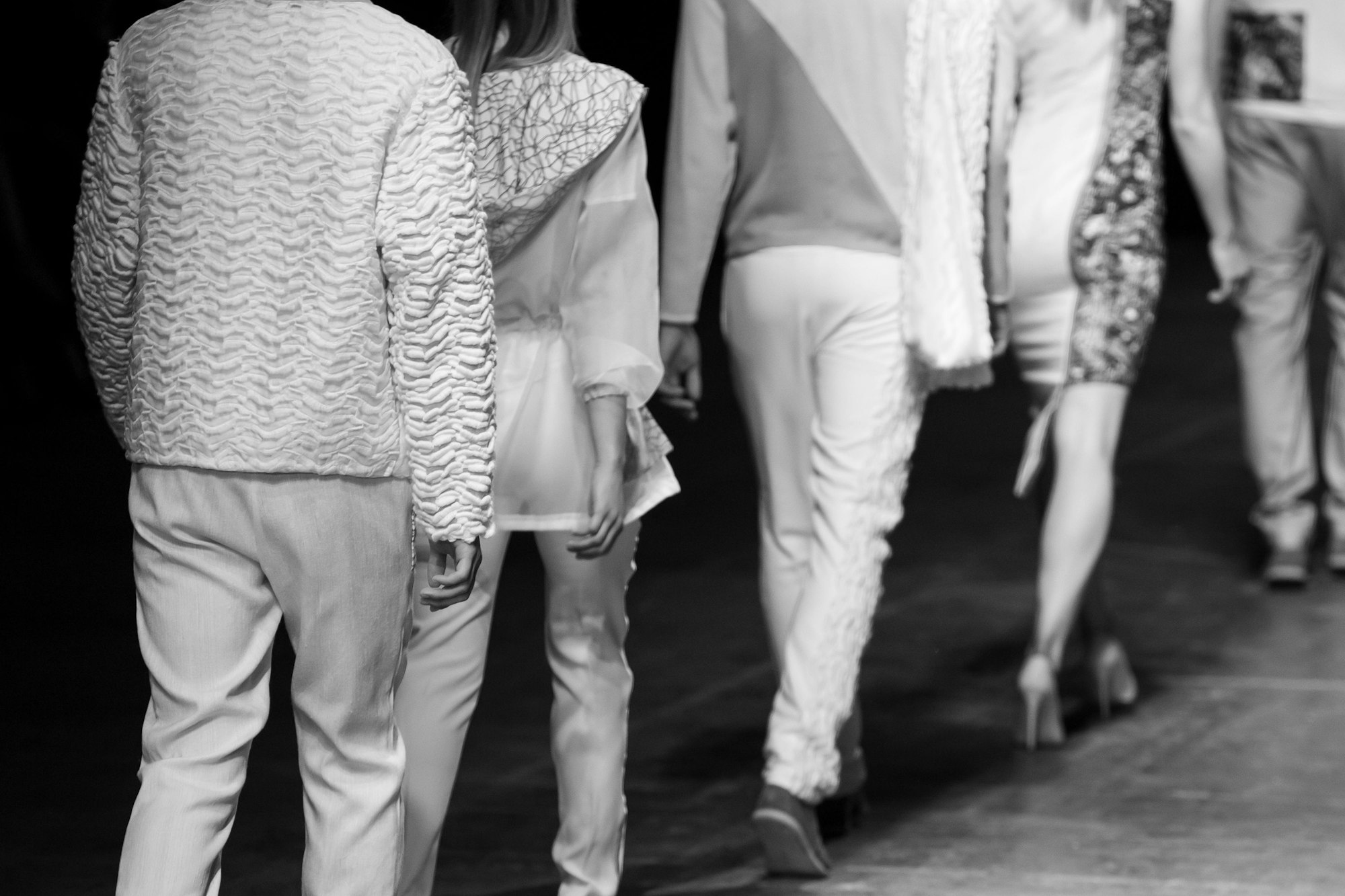In the vibrant and ever-changing landscape of retail, luxury fashion stands out for its unique allure, marked by high-end products, prestigious brands, and hefty price tags. This sector of the retail industry is robust and resilient despite economic ups and downs, which raises an interesting question: Why do people buy luxury goods, even at a considerable expense? The psychology of luxury buyers is a complicated yet fascinating topic that has captivated marketers, psychologists, and sociologists for decades.
The Quest for Prestige
Luxury goods and consumer behavior are deeply intertwined with symbols of achievement, wealth, and social status. Possession of items from luxury labels such as Louis Vuitton or Hermes goes beyond simple style preferences. These objects serve as status markers, as their emblems and designs signify prosperity and a certain place in society. The psychology of luxury consumption reveals that brands become status symbols due to a deep-seated psychological demand for social differentiation and acknowledgment. Consumers often use these luxury items to carve out their social standing and to be perceived in a certain light by peers and society at large. This aspect is key to understanding why people buy luxury brands and their enduring allure.
The Emotional Landscape of Luxury Purchases
Buying luxury fashion products is frequently an emotional journey that involves feelings such as happiness, pride, and indulgence. This emotional dimension is essential to the experience of acquiring luxury fashion goods. Research on luxury consumer behavior suggests that owning these items can greatly enhance happiness and self-worth. For many, choosing, purchasing, and retaining luxury goods becomes an intimate experience, offering more than just tangible objects. This emotional odyssey caters to the human desire for joy and personal reward, emphasizing the psychology of buying expensive things and why these purchases resonate so deeply with consumers.
The Influence of Brand Reputation
The psychology of luxury brands is greatly impacted by the ‘halo effect’ connected to their reputation. This phenomenon occurs when a brand’s positive attributes favorably influence how customers perceive its products. For instance, Rolex’s reputation for precision and excellence casts a favorable light on all its watches, even among those who have limited firsthand experience with the brand. This highlights consumer psychology of luxury brands, where a strong brand image profoundly shapes preferences and drives sales.
The Rarity Factor
Scarcity and exclusivity play pivotal roles in the allure of luxury fashion. The principle of scarcity suggests that people are drawn to rare and hard-to-obtain items—a strategy effectively employed by brands like Supreme. By producing goods in small batches, brands enhance demand and create a sense of urgency. The obsession with luxury items stems from this strategy, as consumers view luxury purchases as more valuable due to their rarity. This concept underscores why luxury brands exist and why their limited availability increases their prestige and desirability.
Fashion as Identity
Luxury fashion is a powerful medium for self-expression and identity construction. It allows people to communicate their personal style, values, and affiliations, crafting and projecting their image to the world. This aspect of luxury consumer behavior is about constructing and projecting one’s persona, making each purchase a reflection of personal tastes and societal positioning. In a world where personal branding is essential, luxury fashion items help consumers differentiate themselves and express their identity.
The Allure of Craftsmanship
The appeal of luxury items is deeply rooted in their quality and craftsmanship. Consumers value the superior materials and meticulous production techniques employed by luxury brands. This appreciation extends beyond the tangible qualities to encompass a celebration of artistry and heritage. Luxury pricing psychology also plays a role here, as higher costs often equate to perceived exclusivity and superior craftsmanship. This dynamic explains why luxury goods and their cultural significance remain pivotal in the industry.
The Brain’s Love for Luxury
From a neuroscientific perspective, purchasing luxury goods activates the brain’s reward centers, releasing dopamine and creating a sense of pleasure and satisfaction. This response bolsters the emotional fulfillment associated with luxury purchases. The psychology behind why people buy luxury goods reveals that it’s not just the physical items that consumers seek but also the emotional satisfaction and status that come with owning them.
Digital Influence: Social Media and Influencers
In today’s digital age, social media and influencers significantly impact luxury goods and their impact on society. Influencers, seen as trend-setters, shape consumer tastes and enhance brand desirability. By endorsing luxury items, they lend credibility and attract new audiences. This dynamic emphasizes why people like designer brands and how luxury consumer behavior is increasingly influenced by digital platforms.
Conclusion
The psychology of luxury consumption is a complex interplay of social, emotional, and psychological factors. From the pursuit of prestige to emotional gratification, brand influence, scarcity, self-expression, and the allure of craftsmanship, luxury goods and consumer psychology reveal a tapestry of motivations. As the luxury market evolves, brands that understand these factors will better connect with their audience, solidifying their place in a world where luxury goods are more than items—they are experiences, identities, and symbols of achievement.








